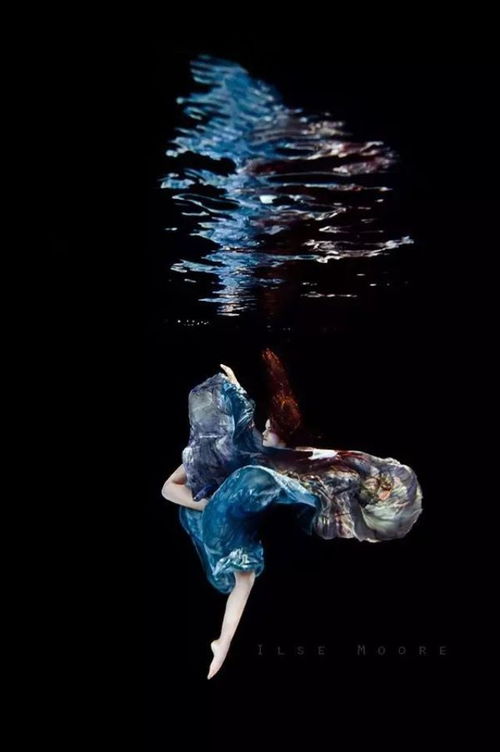Content:
Underwater fishing, an activity that combines the tranquility of nature with the thrill of the hunt, has been captivating anglers for centuries. The allure of exploring the depths and encountering diverse marine life is undeniable. However, mastering the art of underwater fishing and successfully catching fish can be a challenging endeavor. In this article, we will delve into some essential techniques that can help you improve your chances of landing more fish during your underwater fishing adventures.
Understanding the underwater environment
Before you can effectively catch fish, it's crucial to understand the underwater environment. Fish are creatures of habit and often return to the same spots to feed and spawn. Familiarize yourself with the terrain, such as rocks, coral reefs, and shipwrecks, as these areas are likely to be teeming with fish. Additionally, pay attention to water currents, as they can greatly influence fish movement and behavior.
Choosing the right equipment
The right equipment is essential for a successful underwater fishing experience. Here are some key items to consider:
A good quality mask, snorkel, and fins: These are the basics for any underwater activity. Ensure that your equipment fits comfortably and allows you to move freely.
A dive computer or watch: This is crucial for monitoring your dive time and depth, helping you avoid decompression sickness.
A rod and reel: The type of rod and reel you choose will depend on the type of fish you're targeting. For larger fish, a heavier-duty setup is recommended, while lighter fish can be caught with a more delicate rod and reel.
Lures and baits: Research the types of fish in your area and choose lures or baits that mimic their natural prey. Live bait can be effective, but artificial lures are often more versatile.
Timing and weather conditions
Fish are more active during certain times of the day and year. Generally, fish are most active during dawn and dusk, as these periods offer cooler temperatures and less sunlight, making it easier for them to spot prey. Additionally, consider the weather conditions. Overcast days can be more productive than sunny ones, as they provide more shade and cooler water temperatures.
Finding the fish
Once you've reached your chosen spot, it's time to start looking for fish. Here are some tips to help you spot them:

Keep your eyes peeled for signs of fish activity, such as bubbles, movement, or shadows.
Move slowly and quietly, as sudden movements can spook fish.
Look for areas where there is a concentration of baitfish, as these are likely to attract larger predators.
The art of the cast
When it comes to casting, practice makes perfect. Here are some tips to improve your casting technique:
Hold the rod with a firm grip but allow it to be flexible.
Use a smooth, controlled motion to cast your lure or bait.
Aim for a spot where you've seen fish activity, and be patient.
Patience and persistence
Underwater fishing requires patience and persistence. Fish may not bite immediately, so it's essential to stay calm and continue searching for the right spot and the right time. Remember that even on a bad day, you can still enjoy the beauty of the underwater world and the peace it brings.
Learning from the experts
If you're new to underwater fishing, consider joining a guided tour or attending a workshop. Learning from experienced anglers can provide you with valuable insights and techniques that you might not discover on your own.
In conclusion, underwater fishing is a rewarding activity that requires skill, patience, and a deep appreciation for the marine environment. By understanding the underwater environment, choosing the right equipment, and employing effective techniques, you can increase your chances of landing more fish. Remember to always practice responsible fishing and respect the marine life you encounter. Happy fishing!












